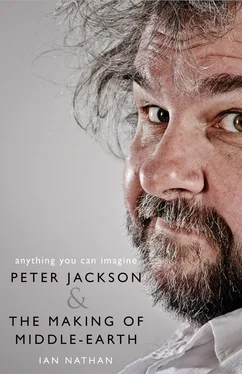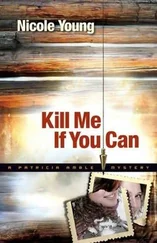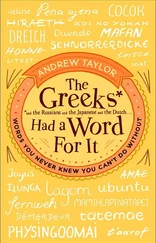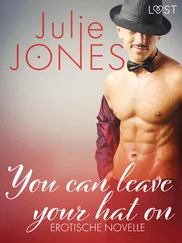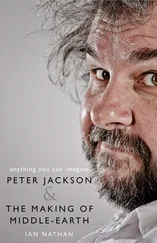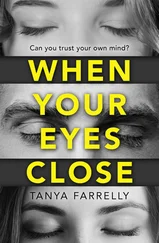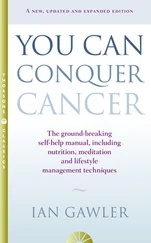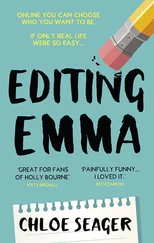‘It is the only time in my life I have ever done that,’ he laughs ruefully; although, nothing about it at the time felt funny. ‘I did not sleep at all as I was dealing with all of this. So I went there and back.’ Again.
Before leaving he called Walsh. ‘Don’t tell the guys. I will tell them when I get off the plane.’
Touching down at Wellington, the sleepless Jackson drove straight to Weta Workshop. He gathered the staff together and told them the film was no more. As always with the death of King Kong, tears were shed.
Harvey, true to form, was spitting mad. Only this time it was on Jackson’s behalf. Universal hadn’t told him — he heard the news via Kamins — and he was supposed to have a fifty per cent stake in the film. He let it be known to Jackson that, in his humble opinion, The Frighteners deserved a better fate, and had Universal and Zemeckis stuck to the Halloween release date he was sure it would have done far better.
Then he got into fighting mode. ‘We are going to do Rings . We are going to do Rings ,’ he bellowed. ‘And they are not going to be involved.’
The whole half-and-half deal between Universal and Miramax was split asunder with the end of King Kong , but, says Kamins, ‘Harvey was just excited now to have Peter all to himself.’
CHAPTER 3 3: Many Meetings 4: Words and Pictures 5: Concerning Hobbits 6: Heavenly Creatures 7: Jamboree 8: Miramar’s Mecca of Merry Souls 9: Proof of Concept 10: The Monsters and the Critics 11: To the Edge of the World 12: Junkie 13: MASSIVE 14: Return to the Edge of the World 15: The Music of Middle-earth 16: King of a Golden Hall 17: Legacy of the Ring 18: There and Back Again 19: Augmented Reality Afterword Picture Section Footnotes Bibliography Index Acknowledgements Picture Credits About the Author Also by Ian Nathan About the Publisher
Many Meetings 3: Many Meetings 4: Words and Pictures 5: Concerning Hobbits 6: Heavenly Creatures 7: Jamboree 8: Miramar’s Mecca of Merry Souls 9: Proof of Concept 10: The Monsters and the Critics 11: To the Edge of the World 12: Junkie 13: MASSIVE 14: Return to the Edge of the World 15: The Music of Middle-earth 16: King of a Golden Hall 17: Legacy of the Ring 18: There and Back Again 19: Augmented Reality Afterword Picture Section Footnotes Bibliography Index Acknowledgements Picture Credits About the Author Also by Ian Nathan About the Publisher
Of course, nothing is ever new to Hollywood. In 1928, the great Erich von Stroheim filmed The Wedding March back-to-back with its sequel, The Honeymoon . In 1966, Hammer Films shot Dracula: Prince of Darkness in concert with the unrelated Rasputin: The Mad Monk so they could make profitable use of the cast and crew, led by the redoubtable Christopher Lee. In 1973, The Three Musketeers simply carried on swashbuckling into The Four Musketeers . And, in 1978, from behind a veil of secrecy, Warner Bros. brought back Superman , knowing they already had Superman II ready for take-off. During the double-production, they even managed to dispense with director Richard Donner and replace him with Richard Lester.
While the rights to The Lord of the Rings were stagnating at UA, David Lean tried to get the studio to bail out his two-part, single-schedule version of The Bounty , which had got as far as building a three-mast replica merchant ship before backer Dino De Laurentiis swam for shore. Attempting to edit down great swathes of Cleopatra in 1963, director Joseph L. Mankiewicz recommended releasing a five-hour version in two halves, but 20th Century Fox vetoed the idea.
Perhaps the most publicized of all hybrid productions was Robert Zemeckis’ back-to- Back to the Futures, two intertwined sequels filmed in one gallop between 1989 and 1990, impressively spinning from a dystopian future to the Wild West.
Less celebrated by the chronicles of Hollywood was Peter Jackson’s avowed intention to make Bad Taste 2 and 3 in one go. This extension to his interplanetary saga of man-eating alien fast food operators, while considerably bigger in scope, was still scheduled to take considerably less than the four years it took to complete Bad Taste . The sequels have yet to come to pass, but here was proof that Jackson had already given serious consideration to the idea of juggling two films at once.
For all the risks involved — you would be doubling down (in gambling terminology, the doubling of an original bet in Blackjack; or, in more general terms, the doubling of one’s commitment to a risky strategy) on a sequel to a film that could stumble out of the gates — Jackson knew back-to-back filmmaking was the only conceivable way to do justice to The Lord of the Rings . To wait on the sequel would result in spiralling costs and a loss in the richness and flow of storytelling. Throughout his early discussions with Harvey Weinstein, he was clear they were telling one long, baroque story artfully sliced in twain.
And despite the best efforts of their lawyers to prevaricate until kingdom come, Harvey had called to say that he had finally struck a deal with Saul Zaentz. Miramax were officially making The Lord of the Rings . Or would be once they had agreed upon the script.
Throughout the endless legal quibbling, Jackson hadn’t even touched a copy of the book. The uncertainty had played on his superstitious nature. He was terrified of re-reading it, getting excited imagining the movie he could make, only for it all to fall apart.
In short, he was not in the business of tempting fate.
So it wasn’t until the spring of 1997, on the day they received the news, that Jackson and Fran Walsh took a momentous shopping trip into downtown Wellington to buy what would be his second copy of The Lord of the Rings . Until that time, as he admitted, it had ‘been a bit foggy’. Years later, interviewers would be staggered to find that Jackson had not spent his puberty pining over Middle-earth. Neither he nor Walsh had ever been Tolkien fanatics. It had been an abstract possibility. Which they now needed to make a reality.
Symbolically, the very copy they bought was the one Jackson would keep to hand throughout the entire production, the margins graffitied with notes. He still has it somewhere: three large paperbacks packaged in a box and adorned inside and on the covers with fifty beautiful watercolours by Alan Lee. The beauty of those pictures the deciding factor in the purchase.
What a pleasure, almost innocent, that moment must have been. Opening it up, flexing the cover back and letting the pages flow past, sensing the film that he might make. Only now realizing the full magnitude of what he was attempting. Only now gauging the thrilling possibility of what lay before him.
However, between the dying breath of King Kong and the dawning of The Lord of the Rings there had been a lull of six weeks where Jackson had been faced with his persistent Weta Digital problem. Their thirty-five Silicon Graphics machines were sitting idle and growing obsolete. Licence payments were due on the software packages, as well as the wages of the operators who were likely to up sticks for an increasingly bountiful digital revolution in Los Angeles. During development on King Kong they had doubled their staff. Mothballing Weta Digital until Middle-earth was ready wasn’t an option.
Again it was Zemeckis who arrived in the nick of time. He was in post-production on an expensive, hard-science fiction adaptation of Carl Sagan’s Contact and offered Weta Digital the opportunity to create the sequence of Jodie Foster plunging through a wormhole.
Читать дальше
